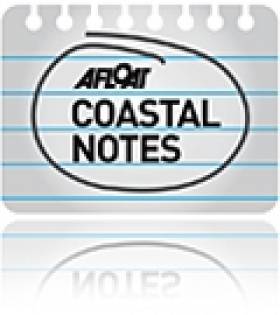Displaying items by tag: Nick Hancock
Rockall Adventure Delayed By Heavy Seas
#Rockall - Endurance adventurer Nick Hancock has returned to port after having aborted his landing on the tiny island of Rockall in the North Atlantic.
As previously reported on Afloat.ie, the Briton was set to begin a two-month sojourn living on the minuscule rocky outcrop that experiences some of the world's largest waves inside an eight-foot water tank 'survival pod', in an effort to raise money for the Help for Heroes charity.
But The Guardian says heavy seas on Friday morning 31 May made landing on the island impossible, forcing his return to port at Harris in the Outer Hebrides.
"I'm disappointed, but not wholly surprised," he said upon his arrival. "We thought it was going to be all about the weather and swell, and we knew the weather window was really tight."
Hancock still hopes to get onto the island in the coming weeks and beat the previous solo stay record of 40 days set by SAS vet Tom McClean in 1985 and the 42-day record set by three Greenpeace protesters in 1997.
However, the rougher weather of late summer may scupper his plans to get off the island at the end of his stay if the adventure is delayed for much longer.
Ireland, the UK, Denmark and Iceland all lay claim to the disputed island northeast of the Donegal coast, which is 31m across at its widest point.





























































